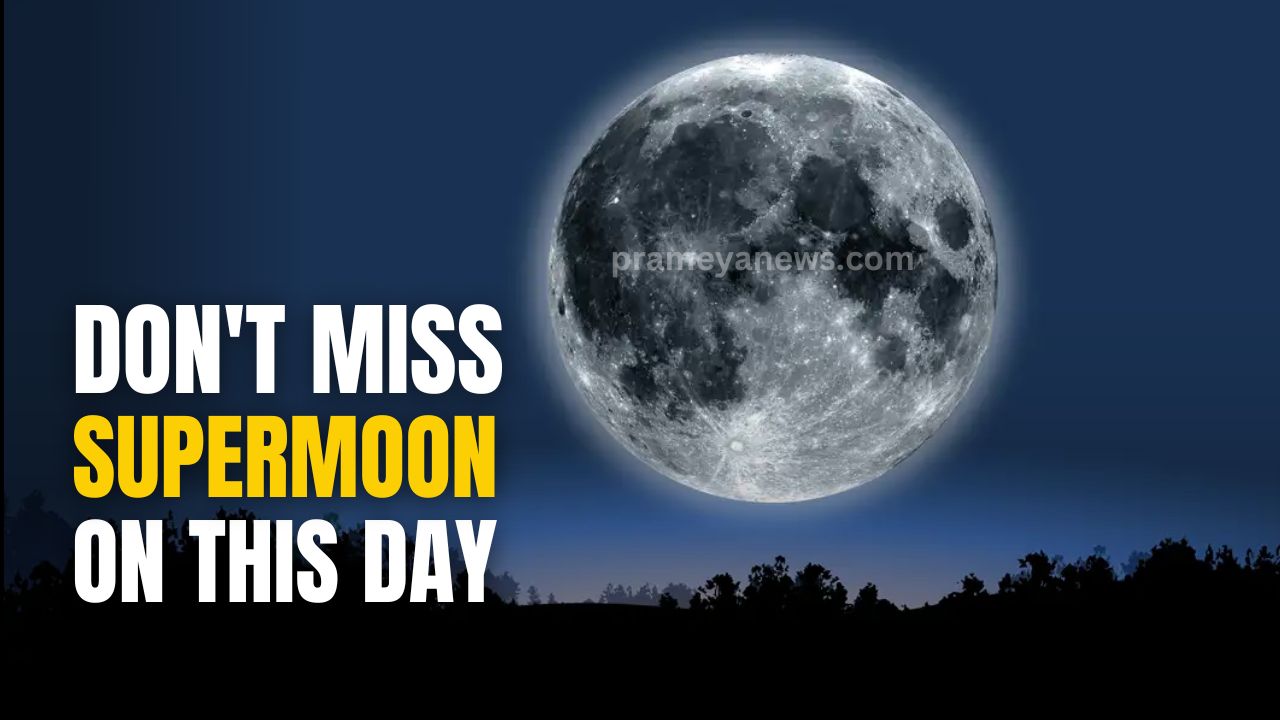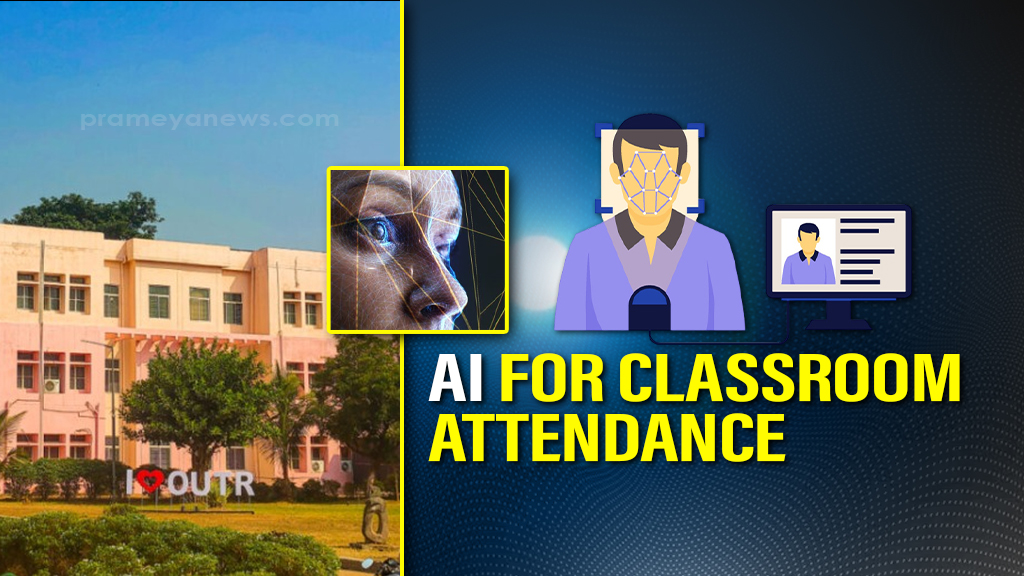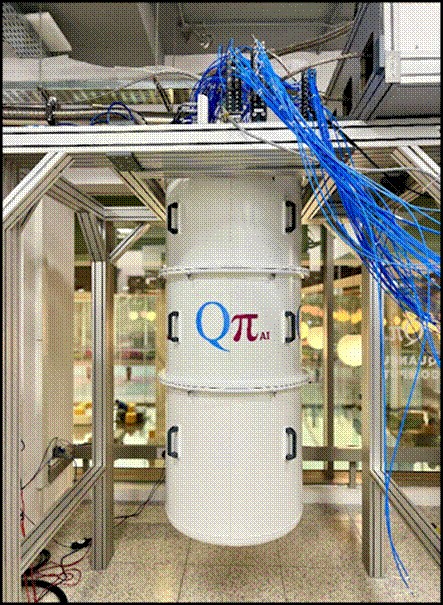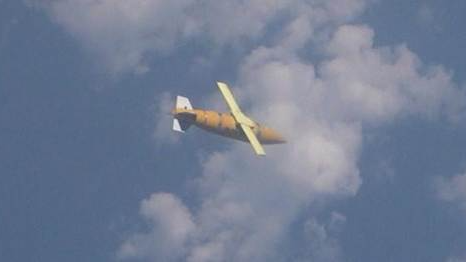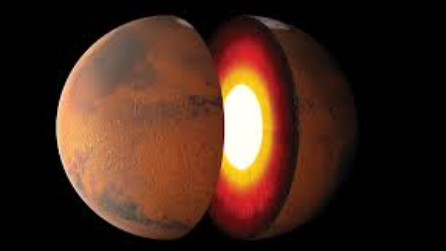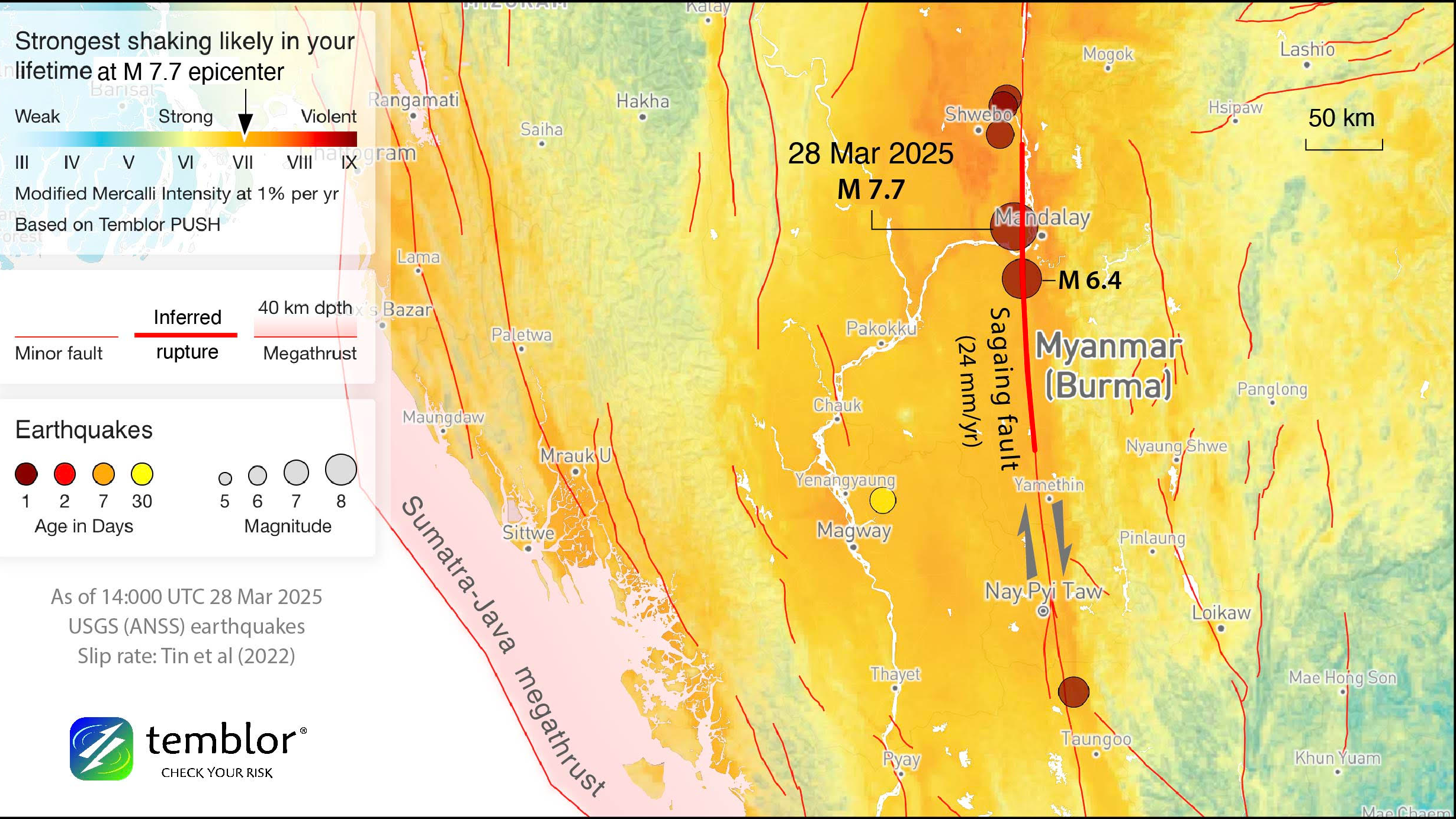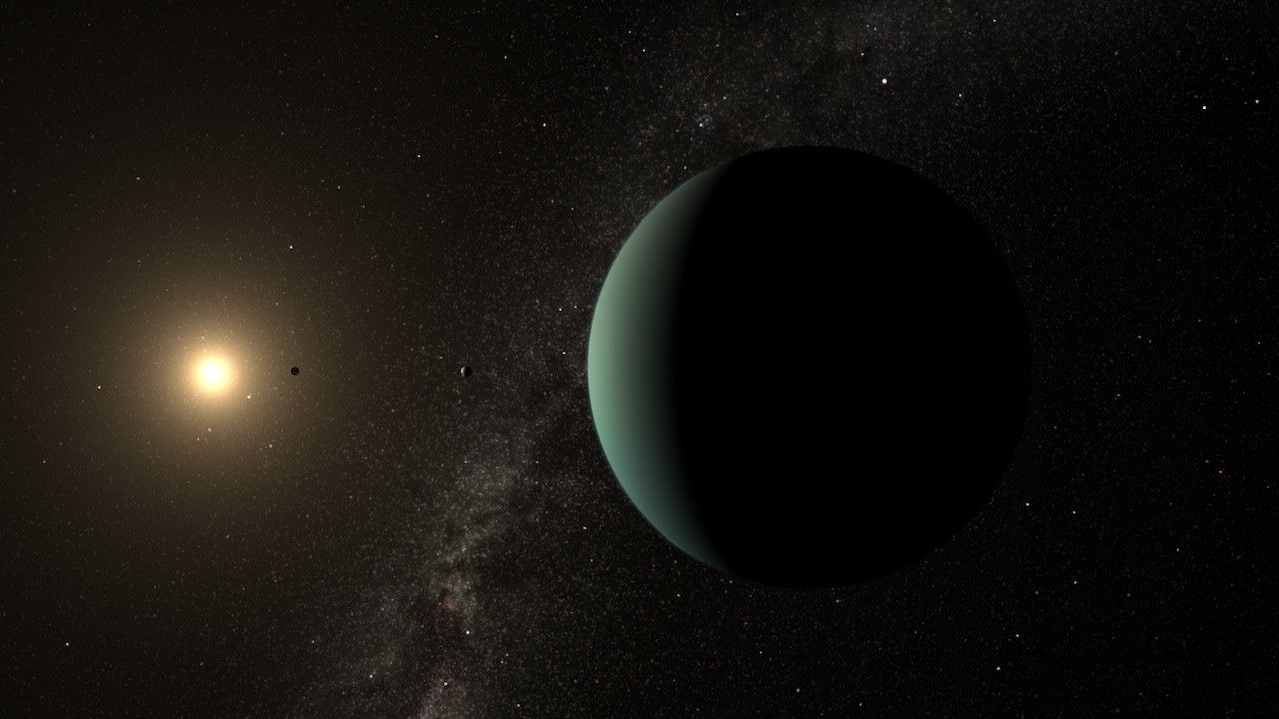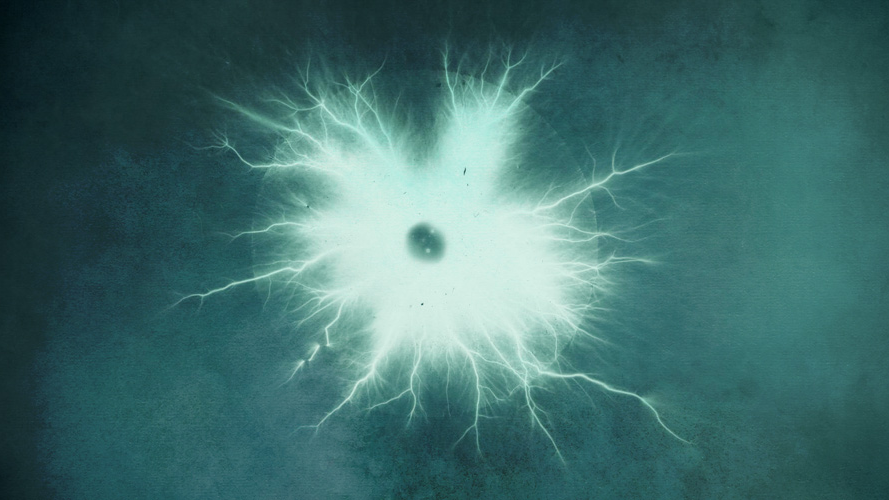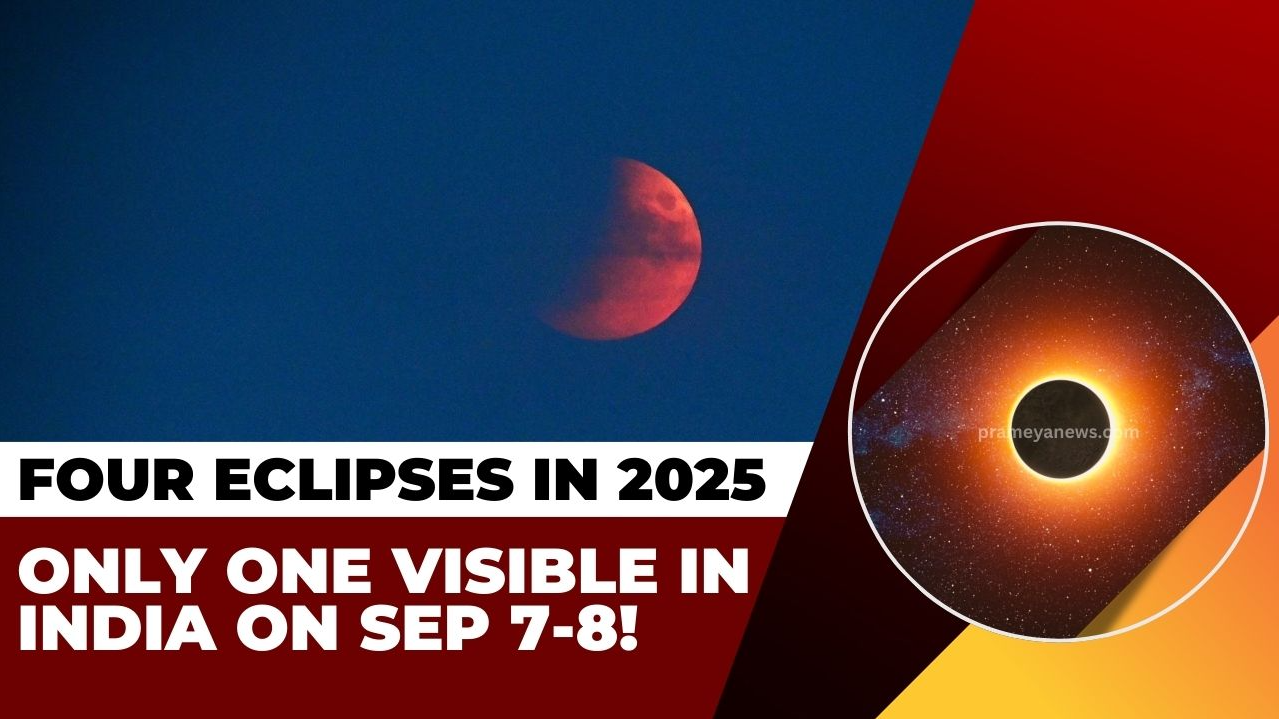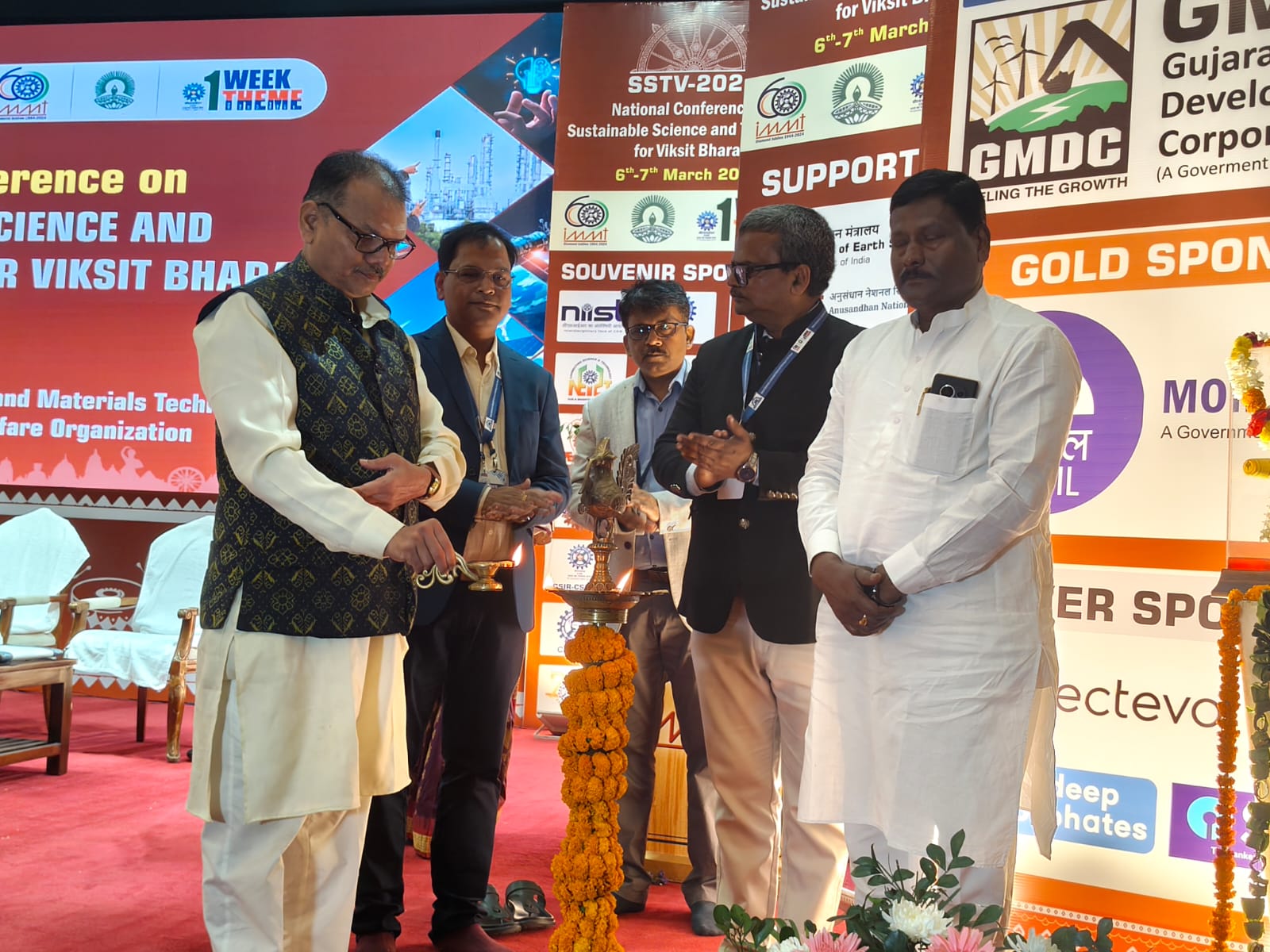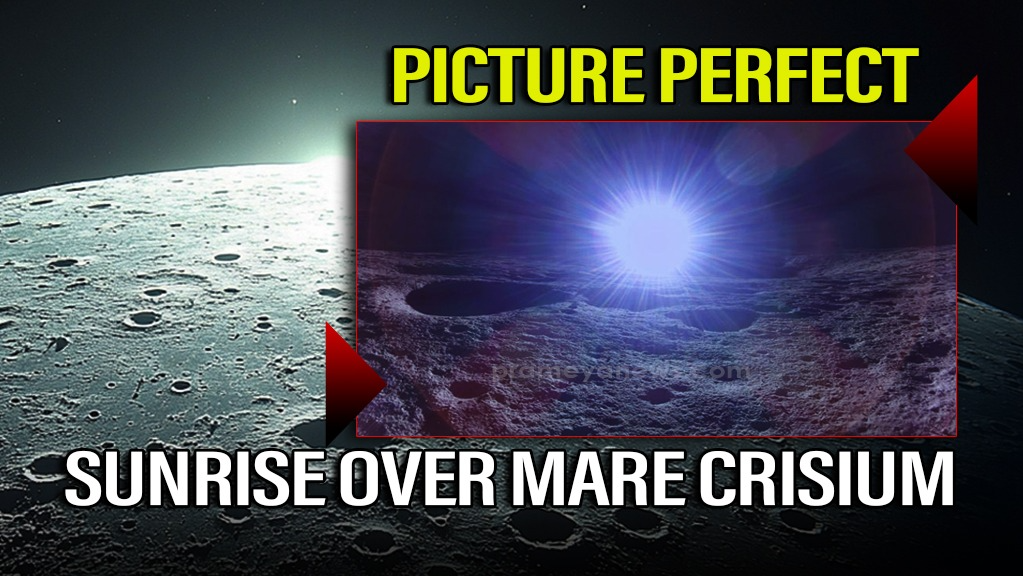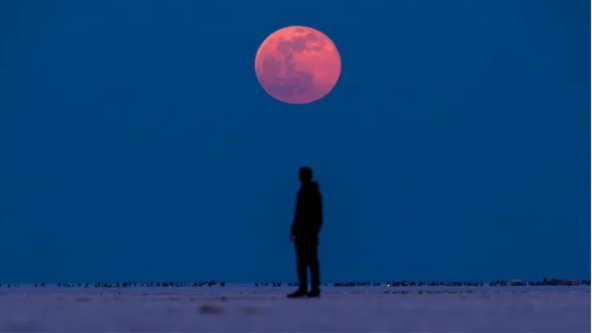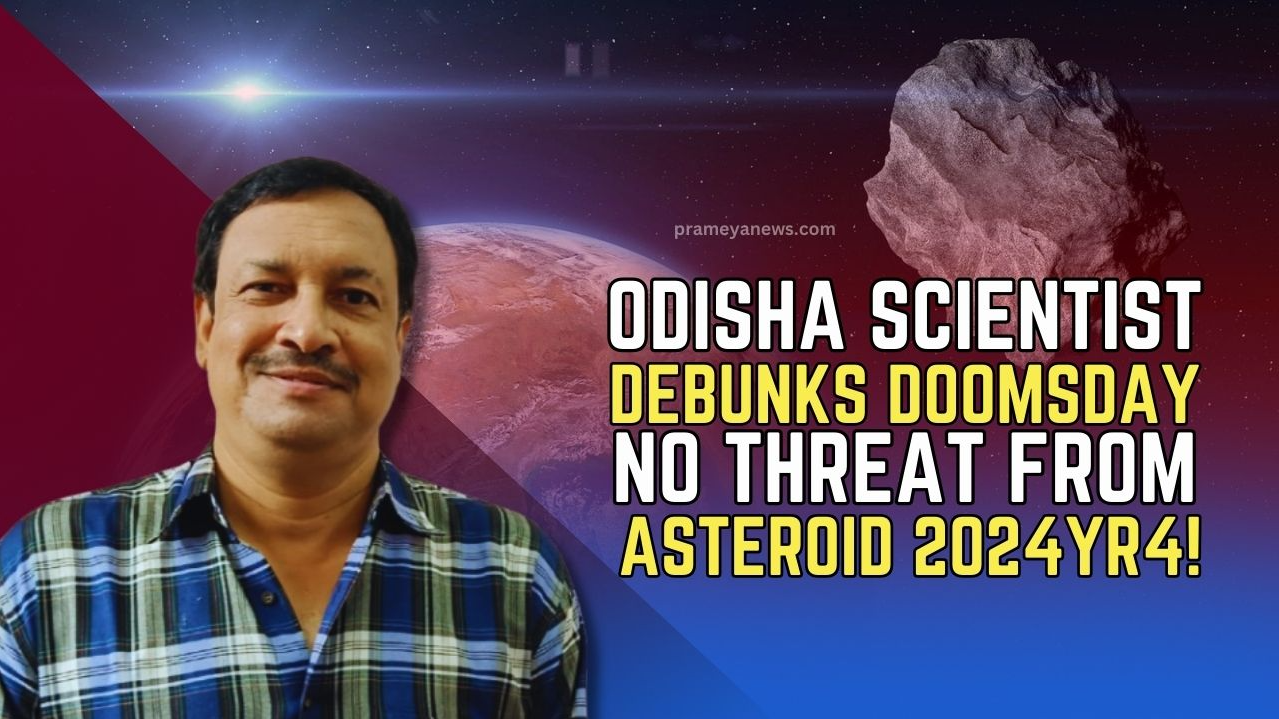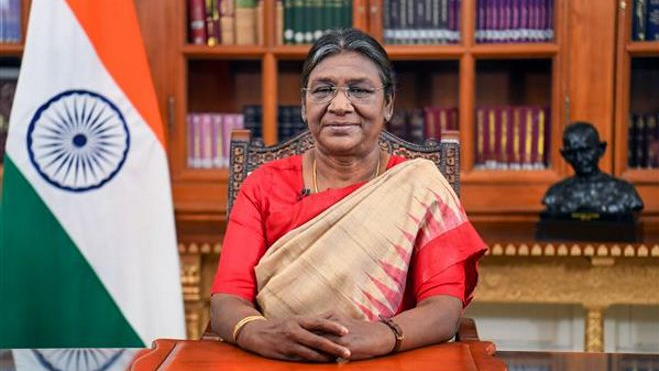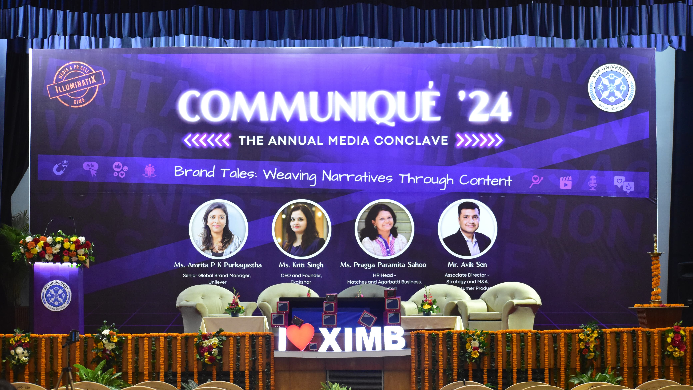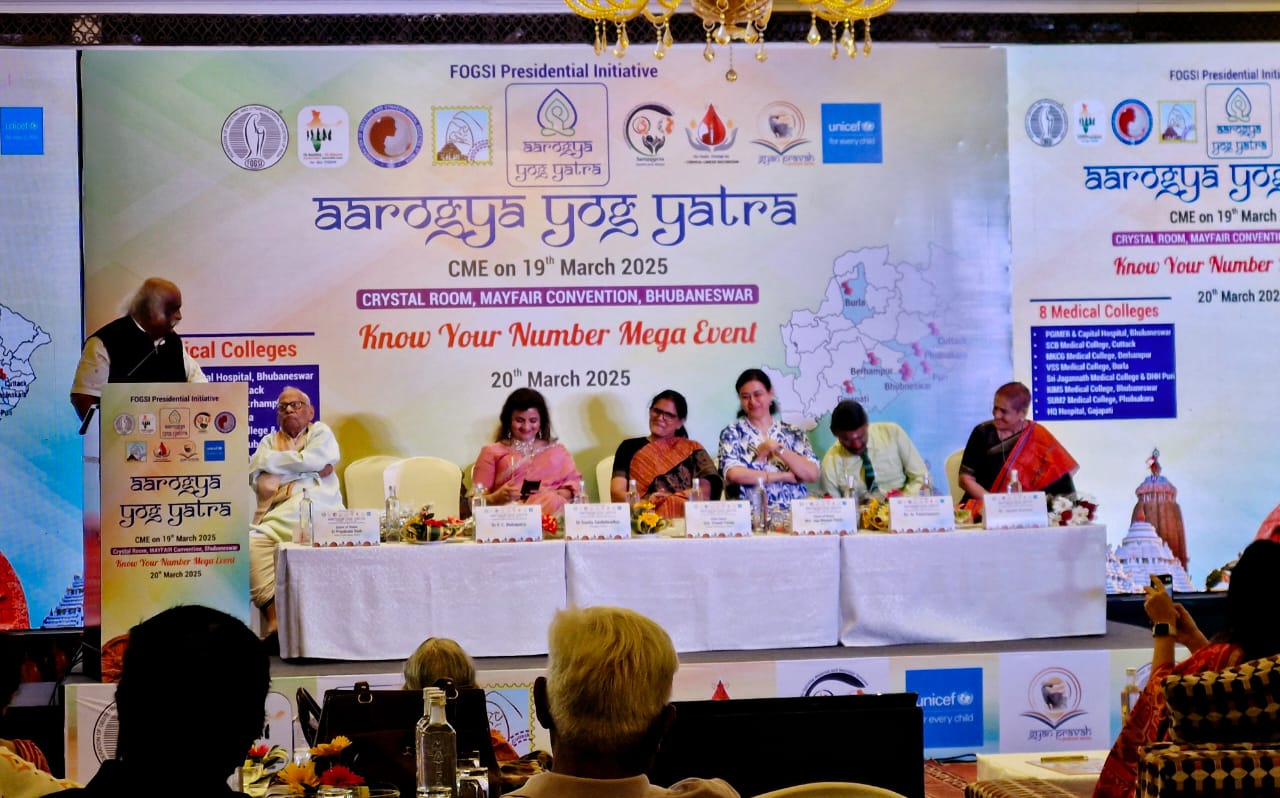By Sanjeev Kumar Patro
Bhubaneswar: Get set go for the brightest moon and bask in the shiniest moonlight on Thursday. But for moon lovers in India, including Odisha, the moon will definitely look brightest but under the sun's twilight hours. The Moon while journeying around the earth will have its closest encounter with it between 4:30pm to 5:00pm (precisely at 4:56 pm). So for Indian moon lovers, brightest Moon will visible on the dimly sunlit sky, not night sky.
As per the NASA release, the Supermoon in India will be visible at 4:56 hrs on October 17, when the country will be celebrating Sharad Purnima, Kumara Purnima, Kojagari Purnima, Navanna Purnima Kojagrat Purnima, or Kaumudi Purnima day.
This will be the third of four consecutive supermoons in the year 2024, and the brightest after August 31, 2023, the NASA release said.
WHY BRIGHTEST MOON IN 2024?
A look at the NASA report reveals that on Thursday the Moon will be at the closest distance of 3.57364 lakh KM to earth. And when moon reaches the closest to the earth, the bigger the Moon show on earth will be, which sky gazers and astronomers name it as the Super Moon phenomenon.
For the last 4years, 4 supermoons have been visible on earth. Since 2022, the moon hasn’t come so closest to earth as it will be on October 17 (tomorrow). The years 2024, 2023, 2022, 2021 and 2020 have seen 4 supermoons each, but Moon’s distance from earth had been over 3.6 to 3.574 Lakh KM. Oct 17 Supermoon will be some fractions brighter than all supermoons in the previous years.
The NASA report shows Moon will again have the closest encounter with earth on November 5, 2025. Moon will again be brightest for India on early wintry twilight hours on November 5, 2025 (precisely at 4;47 pm). Moreover, till the year 2027, no 4 supermoons in a year will be visible to earth.
HOW MOON SHINES BRIGHTEST?
As described by Vashaanth Gowri-Kriszyk in their book, the elliptical orbit is the path where the moon orbits the earth. The scientific name for the super-moon is Perigee-syzygy of the Earth, Sun and Moon system which means that the Perigee side of the moon is closest to the Earth. The other side of the moon is called Apogee. The opposite event is called a micro moon, or scientifically it is called Apogee-Syzygy of the Earth, Sun and Moon system. The Apogee side is the farthest side from Earth. A super moon or micro moon is either a full moon or new moon. The diagrammatic illustration is given below.

WHY SUPERMOON IN NOV 2025?
Even as full moon day is observed every month, Supermoon has been an annual event. WHY SO? The answer is given below.

As per NASA, in most months, the moment of when the Moon reaches its full phase doesn’t coincide with when it reaches perigee (nearest distance). The time between Full Moons (= 29.5 days) doesn’t equal the time between perigees (= 27.5 days). The closest Full Moons – i.e., the true Supermoons – recur about every 13 months 18 days (= 413 days) because 14 consecutive Full Moons (= 413.4 days) almost exactly equal 15 returns to perigee (= 413.3 days).
WHY OCT 17 SUPERMOON CALLED HUNTER’S MOON?
The NASA report on Supermoon enunciates the following reasons.
- As it is the full Moon after the Harvest Moon, this will be the Hunter's Moon.
- "Hunter's Moon" identified in the Oxford English Dictionary from 1710.
- According to the Farmer's Almanac, with the leaves falling and the deer fattened, it is time to hunt.
- Since the harvesters have reaped the fields, hunters can easily see the animals at night that have come out to glean (and the foxes that have come out to prey upon them).
- Hence the Hunter’s Moon. Therefore, this is also known as Blood Moon.
- This Supermoon is also named as "Travel Moon".
The big eason is the name comes from observing the migration of birds and other animals preparing for the winter. As they travel from today, hence Travel Moon.








